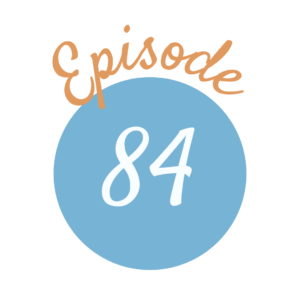
Listen Now:
“Children of seven are promoted to Form IA in which they remain for a couple of years.” (Vol. 6, p. 174)
“But we are considering, not the religious life of children, but their education by lessons; and their Bible lessons should help them to realise in early days that the knowledge of God is the principal knowledge, and, therefore, that their Bible lessons are their chief lessons.” (Vol. 1, p. 251)
J. Paterson Smyth Commentaries (or, in ebook format here)
Elementary Geography, Charlotte Mason
Eyes and No Eyes Series, Arabella Buckley
(Contains affiliate links)
Charlotte Mason’s Bible Rotation
Episode 12: The Chronology of History
Nicole’s Out-of-Door Geography post




Do you have a bible atlas you can recommend?
Hello,I’m just a friendly homeschooling mama, this is the one I found to use this year… The Student Bible Atlas, revised edition by Tim Dowley.
Hope that helps
There are many good Bible atlases. Liz and I are currently using The Holman Bible Atlas and really like it.
~Nicole
I’m curious as to what is done the second year of form 1a, is everything repeated? Or is there such a wealth of resources that the subjects remain the same and the same level books and things are simply exchanged for new materials? Or perhaps not everything is finished in the first year and the second year merely picks up where you left off? Please enlighten me. 🙂
This is what I have learned… Pilgrim’s Progress has 2 parts, continue to the second part, continue the history rotation, special nature study rotation, keep following the math scope and sequence in Richele Baburina’s book. There are quite a few books by Arabella Buckley, so keep reading those for nature study. Most of these are listed in the show notes above. Hope that helps some!
Rachel, The second year is to continue building on the foundations being laid in reading, mathematics, and writing — more progress, confidence, and working toward independent work. Handicrafts, art and music appreciation, poets that are new come in to continue to broaden the child’s interests and tastes.
-Liz
Thank you Maria and thank you Liz! That does clear it up! Also, finally jumping in and starting a school year has really brought home the what, why, and how of a lot of things. I’m learning so much already and I know there’s so much more ahead for my children and me! It’s a thrilling experience. 🙂
-Rachel
Rachel, you are right, it is thrilling to actually jump in, get wet, and learning to swim the waters.
Hi Ladies!! I love these Recaps you did this past summer. I listen to them sooooo much. I was wondering what the book was called or a suggestion for a book for Form 1A, the one about children in other places? I was hoping it would be in the show notes, but I didn’t see it. Thanks again for all your hard work and research. You are helping so many of us have the most natural and blessed learning atmosphere.
Hi Julie,
I’m pretty sure that was in the Form IB recap? First year students would read a book called “Little Folk in Many Lands” by Hugh Laurence, published by Blackie. Used copies are available, but I also think Children of Other Lands by Watty Piper (Illustrated by Holling C. Holling) is a good alternative.
Emily
Yes it was. I re-listened again today and discovered that, and it also fell under Geography. Thank you so much!!!